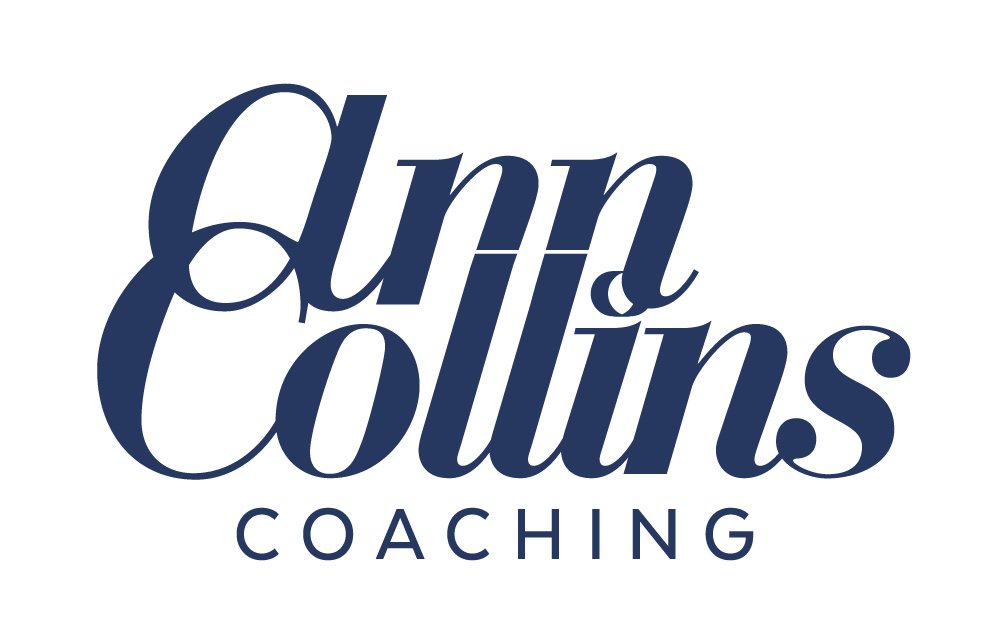The 1% Club: Small Effort, High Impact Leadership
I’ve never set out to be in the top 1% for trivia knowledge or financial wealth. But recently, I realized I am part of a different kind of 1% Club.
This came up in a conversation with a CEO I coach. They were at a crossroads — debating whether to stay in their current role or move on. It’s a familiar dilemma for senior leaders. The stakes are high, and clarity can be elusive.
In the midst of weighing options, they asked a powerful question:
“Is there a way to do this job that brings back some pleasure?”
That moment shifted everything. It wasn’t just about performance anymore — it was about sustainability. As we continued the conversation, the frame moved from “stay or go” to something deeper: What does it mean to make an impact — and at what cost?
For many senior leaders, "impact" becomes the driving force. And for good reason. But often, the cost of creating that impact — emotionally, mentally, physically — is overlooked. When the effort-to-impact ratio becomes too high, burnout isn’t far behind.
Take another CEO I worked with. They led a global team, constantly navigating time zones, back-to-back meetings, and high-stakes decisions. After some leadership team coaching, they made one small change:
No meetings on Friday afternoons — unless absolutely essential.
The outcome? Remarkable.
People had space to think again. Late-night Friday emails dropped. Teams reported feeling more grounded, less stressed. A single, intentional shift changed the tone of the entire organization.
That’s what I call a 1% move — small effort, high impact.
Here are a few others I’ve seen work well:
Reworking meetings to focus on solving problems, not just reporting
Removing phones from the table during discussions
Replacing long email threads with real conversations
None of these changes require massive effort. But the ripple effect? Huge.
That’s the essence of the 1% Club.
It’s not about perfection or overhauls. It’s about finding those small, smart shifts that unlock real, lasting change — for you, your team, and your organization.
So here’s the question:
What’s one low-effort, high-impact shift you could make today?
